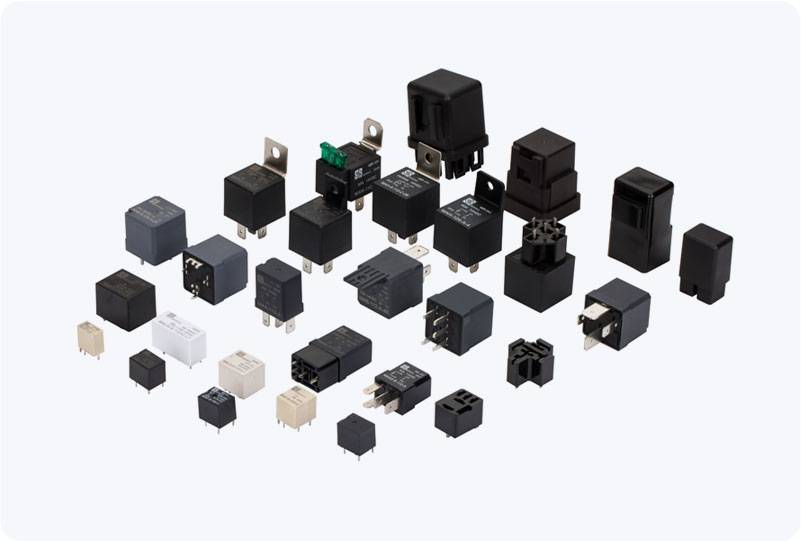The Battery Main Positive Relay is a critical component in modern automotive electrical systems, ensuring the proper flow of electricity from the battery to various systems within the vehicle. In essence, it is a relay that plays a key role in managing the connection between the battery’s positive terminal and the car’s power distribution network. This article delves into the function, importance, and common issues associated with the Battery Main Positive Relay.

What is a Battery Main Positive Relay? A Battery Main Positive Relay is an electromechanical switch that controls the flow of electrical current from the positive terminal of the vehicle’s battery to various electrical components such as the engine, lights, infotainment system, and other systems. This relay is often found in the fuse box or power distribution module of a car’s electrical system. The relay ensures that the battery’s power is distributed efficiently, allowing the vehicle to function properly. The relay is activated by an electrical signal, which causes it to open or close the connection between the battery and the electrical components it serves. When the engine is turned on, the relay is typically activated, allowing the electrical systems to receive the necessary power. Conversely, when the engine is off, the relay prevents unnecessary battery drainage by disconnecting the power flow.
Leave a Reply